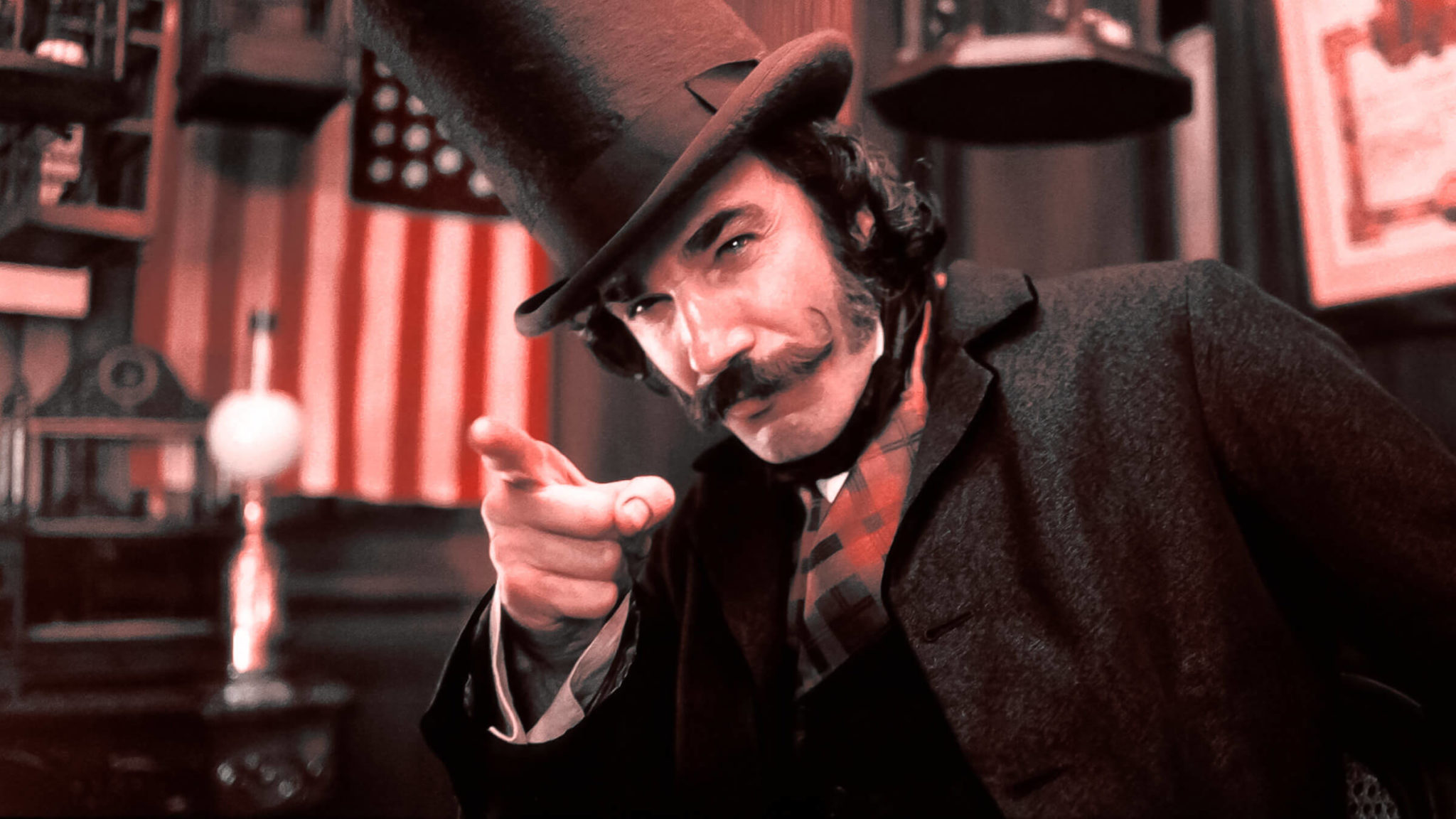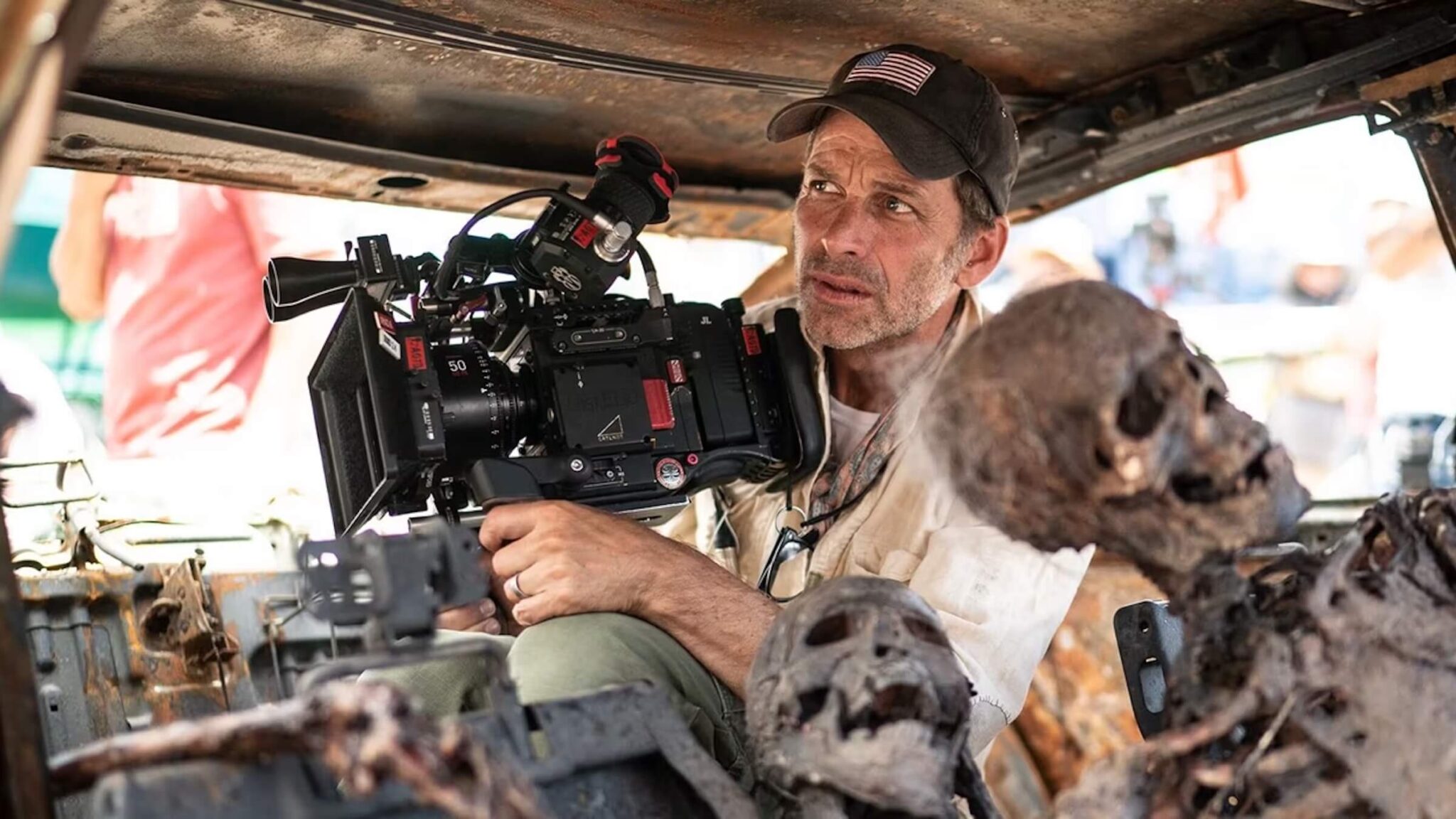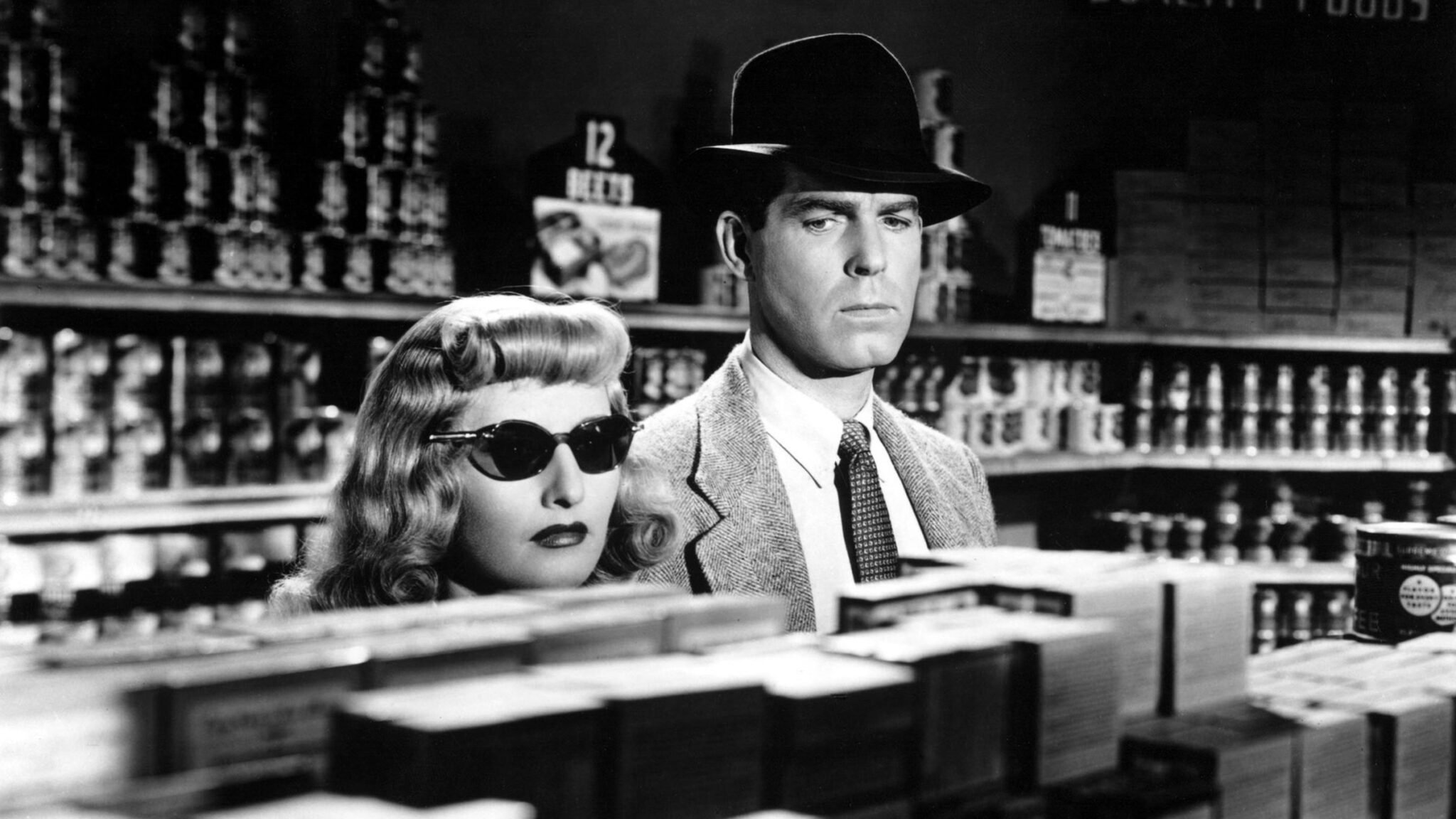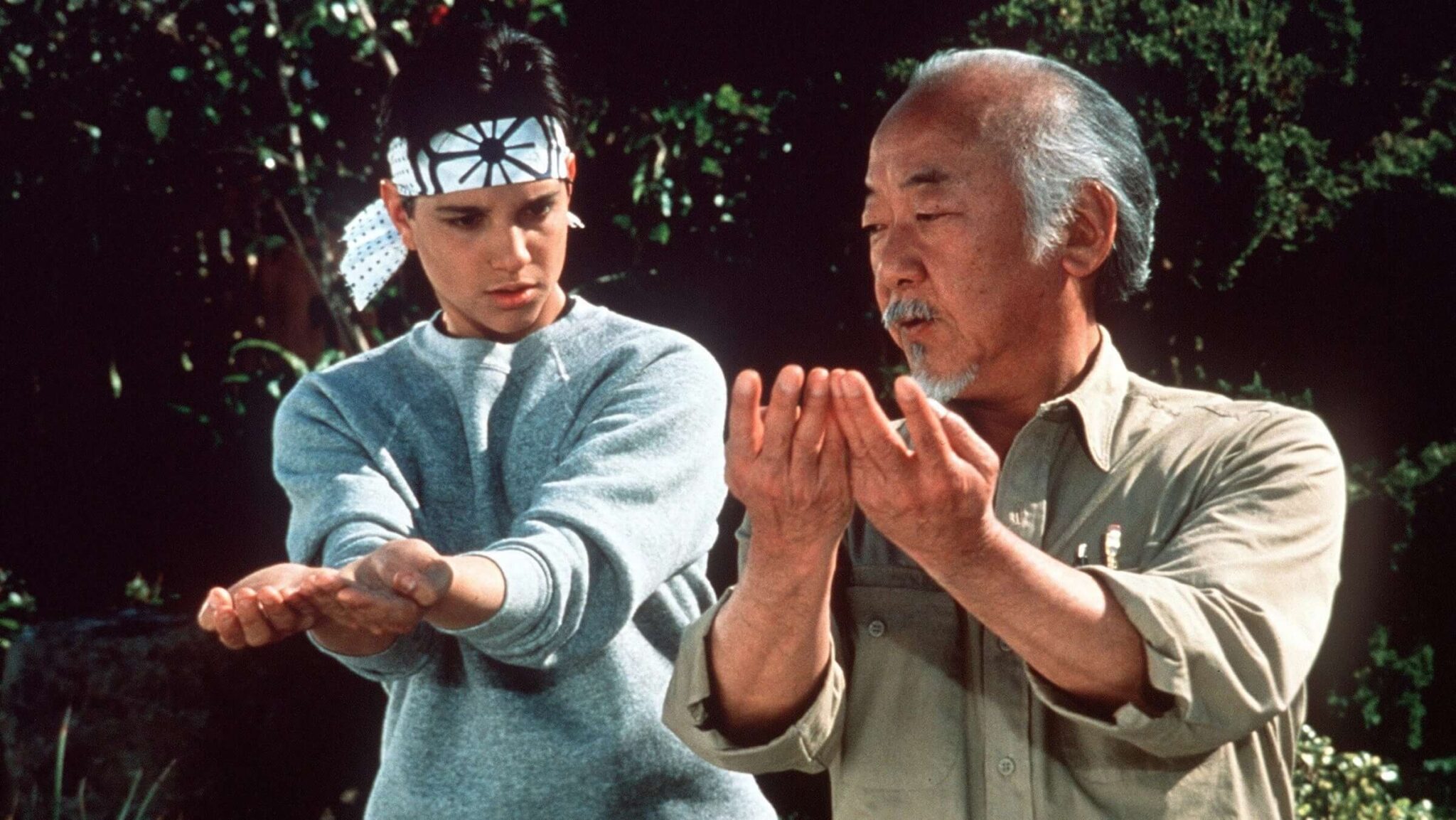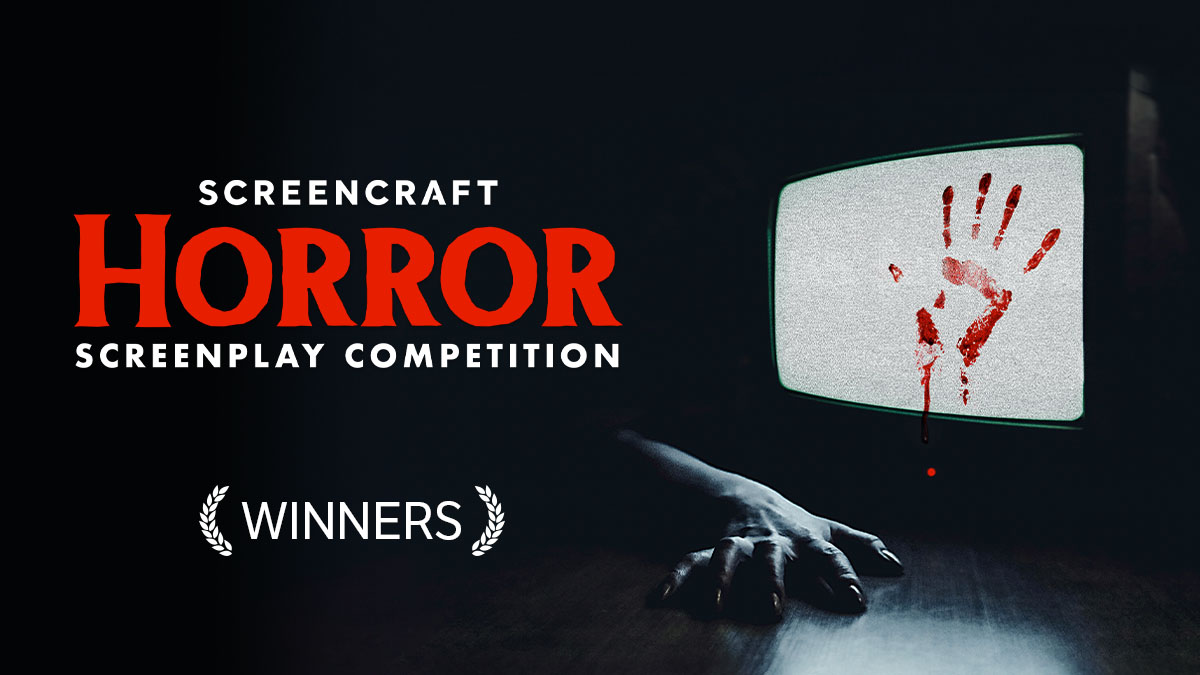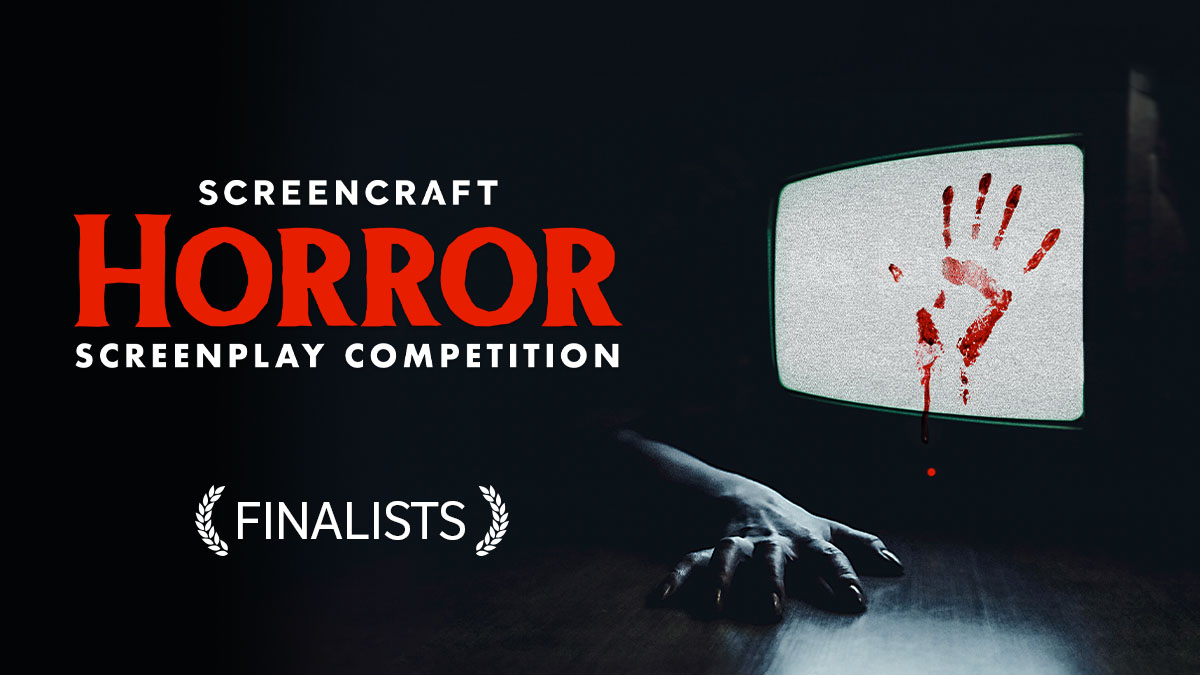'Sinister' Screenwriter C. Robert Cargill on Why Character Development is the Engine of Fear

How do you ensure your horror screenplay packs emotional depth as well as bumps in the night? Easy, says author and screenwriter C. Robert Cargill – approach it as a straightforward drama that’s gatecrashed by supernatural elements from another movie.
“The theory of my writing is that the greatest [films] are when you’re watching one really great story that you’d watch on its own, then it’s interrupted by another even greater story,” says the co-writer of Blumhouse chiller Sinister, which featured an emotionally rich set-up that grips you long before the monster shows up. It works because “it gives you a foundation that’s already got your attention. Then when all hell breaks loose, your involvement with it just hits the next level.”
Cargill knows a thing or two about delivering next-level big-screen frights and thrills. As well as Sinister, he’s co-written Marvel’s Doctor Strange and the upcoming Joe Hill adaptation The Black Phone – one of the year’s most terrifying movies, if early reviews are to be believed. Threaded through each of them are a number of storytelling tricks and tips that he continues to come back to.
I was lucky enough to have Cargill on my podcast Script Apart recently to unpack a few of them – here’s what I learned…
Track and react to what’s popular in your genre
Part of Sinister’s success was the way it rebelled against the horror norms of its day, says Cargill. “From about ‘01 to ‘04, it was very J-horror-driven. Then as America was having its weird relationship the Iraq war and September 11th, torture porn took over,” he recounts, also listing the rise of found footage movies.
“This was a reaction to all of that. Me and Scott sat down before we wrote it and wrote a list of the tropes we'd seen done and said: let's not do that.” With Sinister, he and Derickson saw an opportunity to lurch away from torture porn films like Hostel, in which humans were the bad guys, and attract audiences hungry for something new: a ghost story incorporating elements of found footage.
Make your first ten pages count
Within the first ten pages of Sinister’s screenplay, Cargill introduces a mystery, a regret, and a secret to be unearthed later in the film. “I like density,” says Cargill, who points out that all of these elements are “buried in conflict” (the film’s protagonist fighting with a cop).
Stacking your opening pages with dramatic dynamite just waiting to explode hooks the reader from the start and gives you as a writer plenty of exciting directions to take later on in the movie. You’ve lit the fuses – it’s up to you to determine when each stick of dynamite goes off.
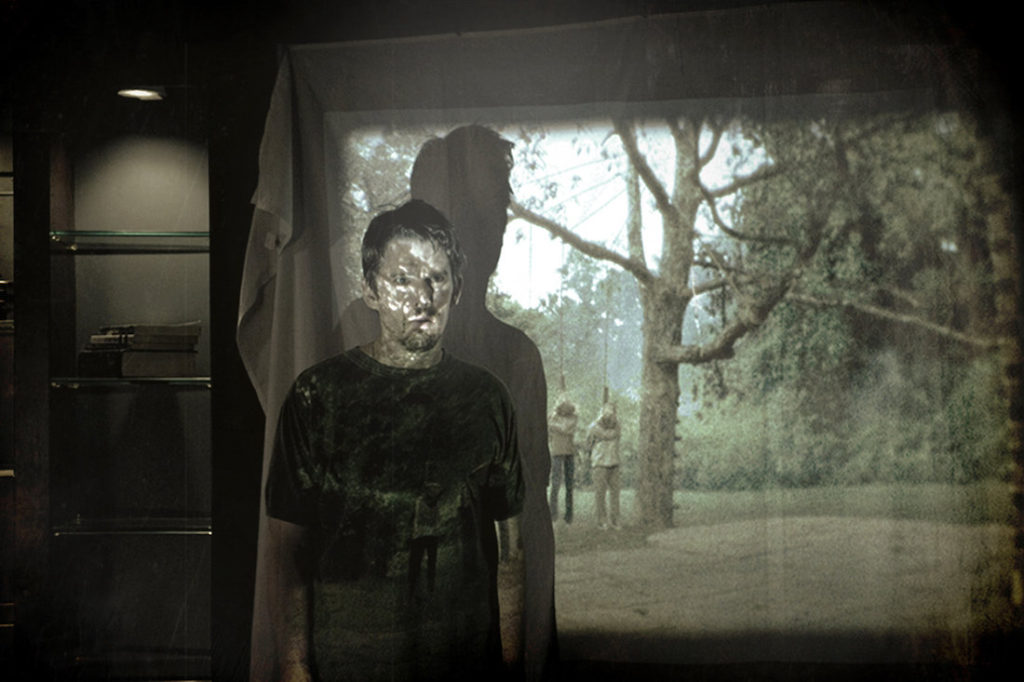
'Sinister'
Characters have to be real
Your characters need to elicit strong emotional reactions in the audience, or they won’t care whether they live or die as the threat in your horror movie closes in on them. These emotional reactions don’t necessarily have to be positive. “When an audience hates a character, there's catharsis when they get an ax in the head,” he laughs.
Your protagonist, though, needs to have endeared themselves to those watching – that’s where fear comes from. “When they’re in danger, you get scared because you’ve come to care about them. It's the engine that drives the audience’s desire to go further into the world you’re building.”
But how do you get them to care? The key is to give them a relatable fear that they’re forced to confront, says Cargill. In Sinister, this meant making Ellison (Ethan Hawke) a man whose professional ambitions might cost him his family. “He is the embodiment of our fears because that’s what you’ve gotta do with horror. You've got to put your own fears in there, the fears that we suffer, even subconsciously.”
---
What was your favorite screenwriting lesson learned from the conversation? Listen to the full episode above (supported by Screencraft) and let us know your favorite takeaway.
 Al Horner is a London-based journalist, screenwriter and presenter. His work has appeared in The Guardian, Empire Magazine, GQ, BBC, Little White Lies, TIME Magazine and more.
Al Horner is a London-based journalist, screenwriter and presenter. His work has appeared in The Guardian, Empire Magazine, GQ, BBC, Little White Lies, TIME Magazine and more.
Get Our Screenwriting Newsletter!
Get weekly writing inspiration delivered to your inbox - including industry news, popular articles, and more!










